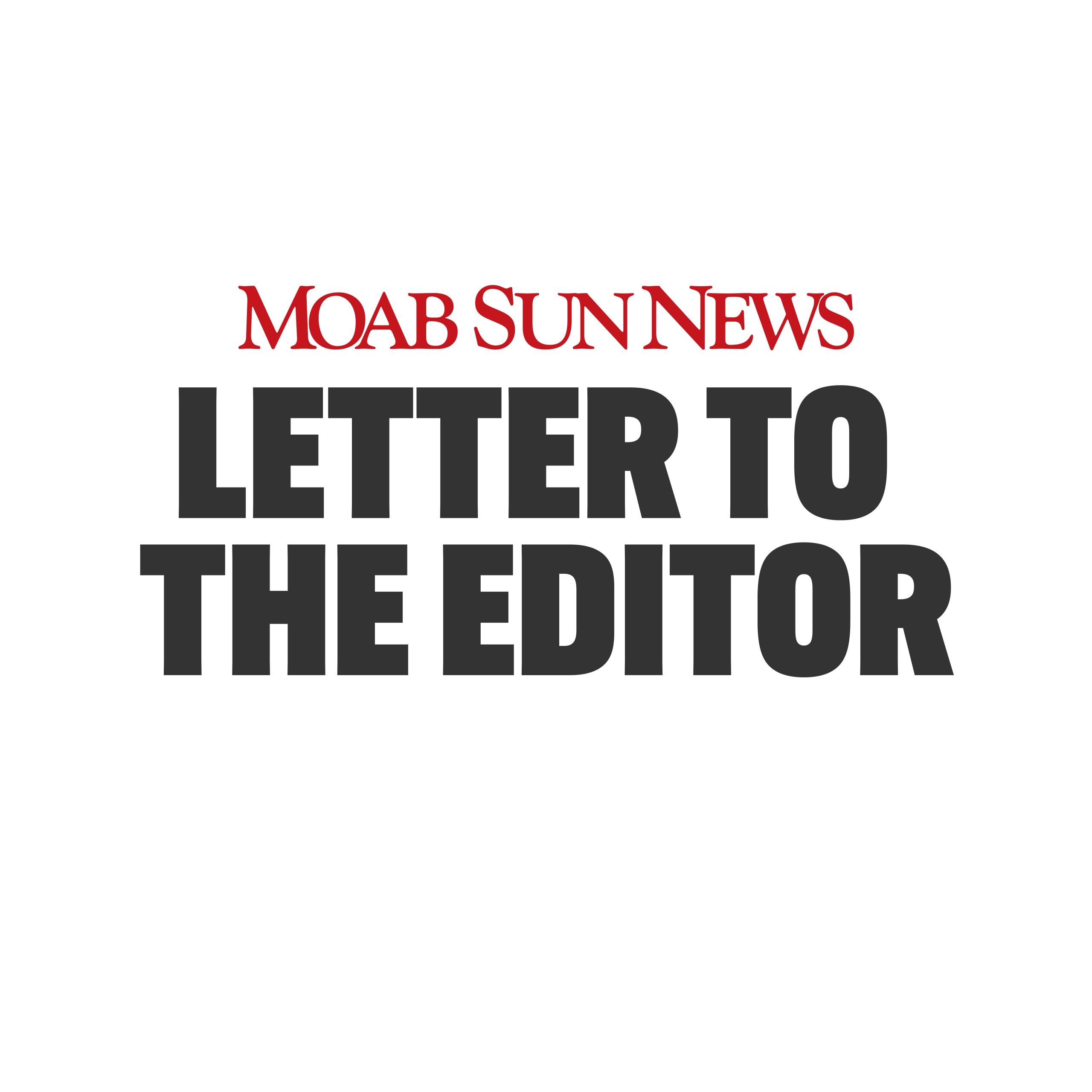Some information may be outdated.
The BLM Moab Field Office recently released a new draft Labyrinth Rims/Gemini Bridges Travel Management Plan (TMP) Environmental Assessment, which will replace a 2008 travel plan. At a BLM Zoom conference on January 2, 2022, the public was invited to submit questions at the start of the meeting. I asked this: “What did the BLM fail to do in the old TMP? Why would this have happened across so much of Utah?” That my questions were not answered only slightly surprised me. Bureaucracies do not seem to have any capacity for introspection. We can learn a lot by looking into some of their past management shortcomings.
This was not the first time the BLM failed to perform its duties in Grand County or in Utah. The BLM conducted a flawed wilderness inventory in the early 1980s. Appeals were made on almost one million acres and the Interior Board of Land Appeals concurred on about 95% of the acres appealed. In 1999, the BLM published a new Utah Wilderness Inventory, the result of Congressman Jim Hansen challenging the BLM to find any more wilderness in Utah. The BLM only looked at a portion of the lands that could qualify for wilderness designation. If they had been allowed to redo the entire inventory they would have found much more. The BLM has serious problems recognizing the conservation of naturalness and quiet spaces as a significant part of its mission.
The Labyrinth/Gemini Bridges TMP indicates some flawed thinking by the Moab Field Office (MFO). Their preferred alternative is the Alt. C, Multiple Use Emphasis. The title itself reveals a bias on the part of the MFO staff. When Congress enacted the Multiple Use and Sustained Yield Act in 1960 it clearly states in Sec. 2 that “The establishment and maintenance of areas of wilderness are consistent with the purpose and provisions of this Act.” Yet the BLM’s communications imply that multiple use and wilderness are in some kind of conflict. Alternative B, the Natural Resource Emphasis plan, is the only alternative that captures the concept of multiple use including the most crucial use for our time: the preservation of natural and wild areas.
When you look at the maps of all alternatives, it’s apparent that they are more “transportation flukes” than “transportation plans.” The vast majority of routes are old seismic exploration scars that should be closed and left to heal. The routes were not planned. They are not placed in a deliberate and planned pattern. They were created to find oil and gas deposits, not as a transportation system.
The National Environmental Policy Act governs the decision process for BLM management actions. Notice this is a “policy’’ act, not a “protection’’ act. Federal agencies are permitted to make some very damaging decisions, as long as they reveal the potential consequences. The TMP devotes a fair amount of space to estimating environmental impacts from the various alternatives. For instance, Alternative B would designate 29.8 miles of motorized routes in Mexican spotted owl habitat while Alternative C would designate 73.5 miles of motorized routes in Mexican spotted owl habitat. Alternative D would designate 84 miles of motorized routes. Similar numbers are recognized for a number of species.
In the face of climate change and global warming, the BLM needs to be particularly cognizant of these impacts on the natural environment. President Biden has made a priority for his administration to protect 30% of lands and waters in the United States by 2030. This is an enormous task. Currently, about 12% of lands have an adequate level of protection. This means we will need to protect more land in the next 8 years than we have in the last 150 years since the designation of Yellowstone National Park. The Bureau of Land Management and Forest Service will largely be responsible for achieving this goal. It would be best if they took on this task instead of being cajoled or coerced into this effort. It means looking critically at issues like the Labyrinth Rims/Gemini Bridge Travel Management Plan which is as much a recreation management plan as a transportation plan. A balance between the conflicting uses is crucial for this area.
Wayne Y. Hoskisson
Moab
Appreciate the coverage? Help keep local news alive.
Chip in to support the Moab Sun News.



